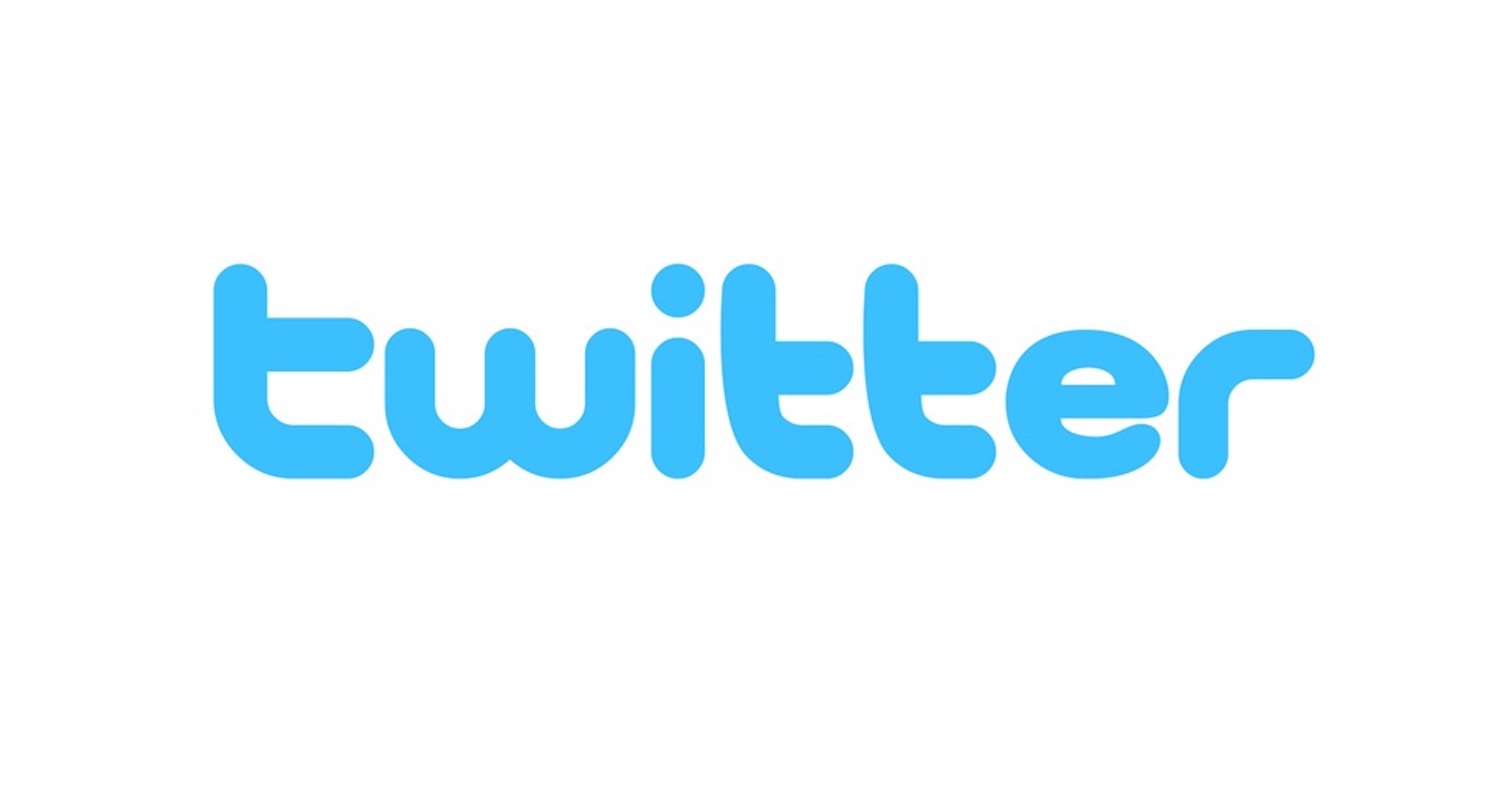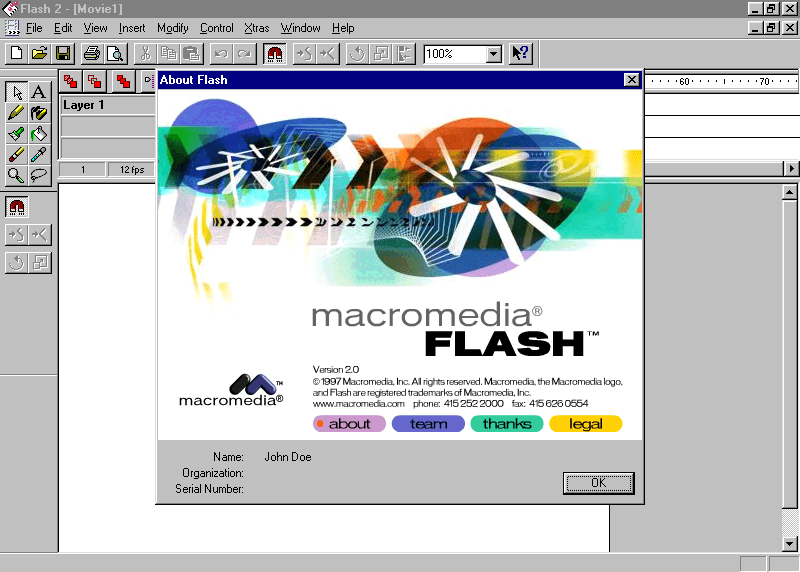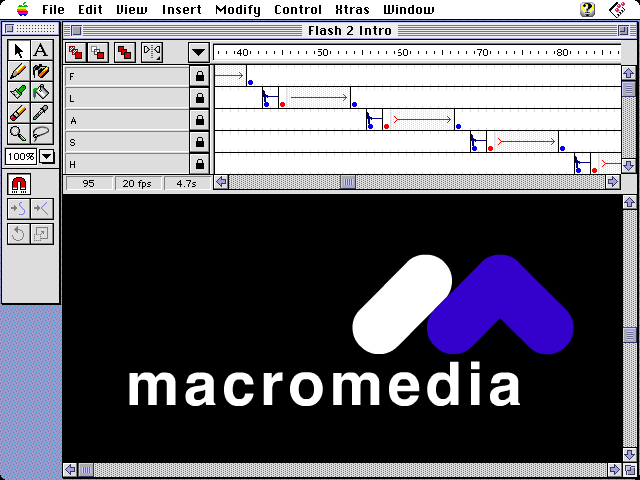You must have noticed that at the end of this year, the support for Flash technology will also be definitively terminated. Although you'd find Flash on fewer and fewer websites these days, it's an integral part of the history of the Internet - so we'll be covering this technology in today's installment of our history series.
It could be interest you

The origins of the Flash technology concept date back to 1993, when Jonathan Gay, Charlie Jackson and Michelle Welsh founded the software company FutureWave. The original intention of the company was the development of technologies for styluses - under the wings of FutureWave, for example, graphic software called SmartSketch for Mac was created, which also included tools for animation. However, as it usually happens in the world of technology, the trend of working with styluses gradually rolled over time and suddenly the phenomenon of the World Wide Web began to decline in all cases. At FutureWave, they sensed an opportunity to meet the demand for software tools intended for web site creators, and in late 1995 a vector tool called FutureSplash was born, which, among other things, allowed the creation of animations for the web. The animations were then displayed on the pages thanks to the FutureSplash Viewer tool. But users had to download it first. In 1996, Macromedia (creator of the Shockwave web player) decided to buy FutureSplash. By shortening the name FutureSplash, the name Flash was created, and Macromedia began to gradually improve this tool. Flash's popularity continued to grow. Some site creators have decided to incorporate the technology to play videos or integrate animated and other interactive content, while others have built their entire website based on Flash technology. Flash was used not only to integrate video, animations and interactive elements on websites, but developers also wrote games and various applications in it.
In 2005, Macromedia was acquired by Adobe - the said purchase cost Adobe $3,4 billion. The decline of Flash accelerated with the rise of smartphones and tablets, and Apple, which rejected Flash in favor of the open technologies HTML 5, CSS, JavaScript and H.264, played a significant role in this process. A little later, Flash also began to be gradually boycotted by Google, which in its Chrome browser began to require users to click on the appropriate notification instead of automatically starting Flash elements. The use of Adobe Flash began to decline even more. Website developers gradually began to prefer HTML5 technology, and in 2017 Adobe officially announced that it was going to phase out support for Flash software. The definitive active termination will occur at the end of this year. On these pages you will find a gallery of interesting websites created in Flash.
Sources: The Verge, iMore, Adobe (via the Wayback Machine),



LUCKILY, Flash has already disappeared into the abyss of history.